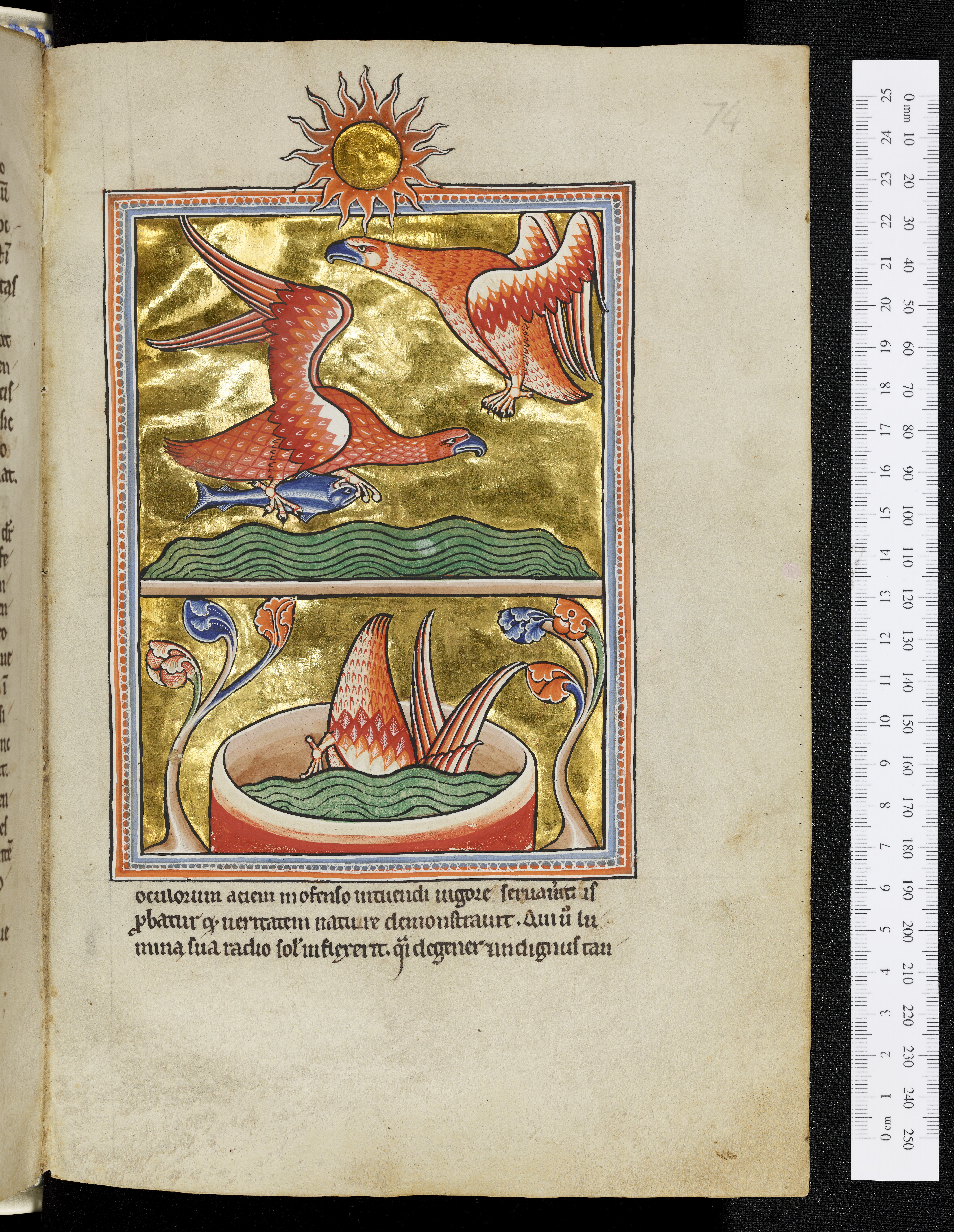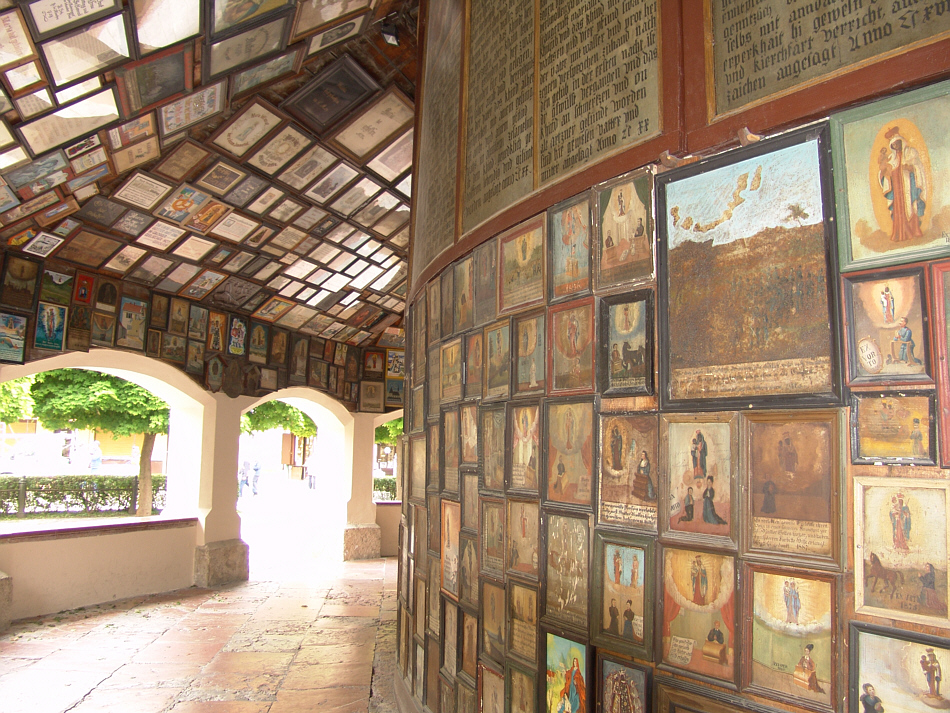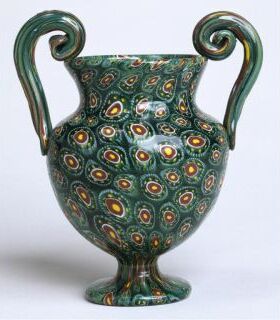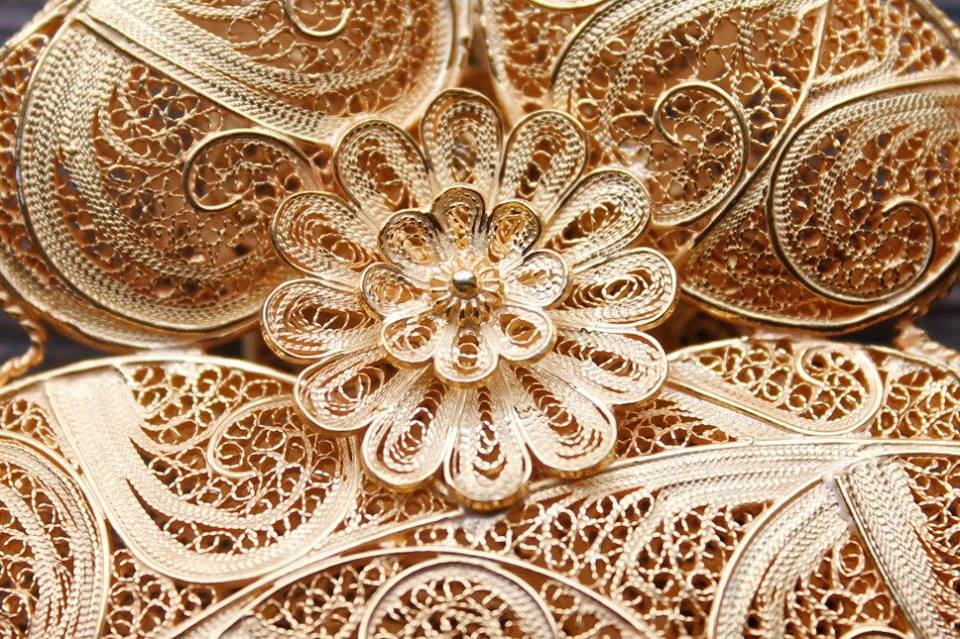|
Witham Bowl
The Witham bowl is a missing piece of Anglo-Saxon art, Anglo-Saxon Tableware, silverware, described by T. D. Kendrick in ''The Antiquaries Journal'' in 1941 as "the most remarkable piece of pre-Conquest plate ever found in England". It was last seen at the National Exhibition of Works of Art at Leeds General Infirmary in 1868, when it was owned by art historian John Heywood Hawkins. Discovery The hanging bowl is named after the River Witham in Lincolnshire, where it was discovered at Washingborough in 1816, along with several other articles - including a wooden canoe - in the course of drainage works. Its discovery was reported in the ''Stamford Journal'' of 19 April 1816. It is thought to have been made in the late 8th or early 9th century, and has a diameter of approximately and height of approximately . Description The richly decorated piece is an evolved "C bowl" with a broad circular indentation underneath. Foliate and vine-scroll filigree work decorates the top and bott ... [...More Info...] [...Related Items...] OR: [Wikipedia] [Google] [Baidu] |
Anglo-Saxon Art
Anglo-Saxon art covers art produced within the Anglo-Saxon period of English history, beginning with the Migration period style that the Anglo-Saxons brought with them from the continent in the 5th century, and ending in 1066 with the Norman Conquest of England, whose sophisticated art was influential in much of northern Europe. The two periods of outstanding achievement were the 7th and 8th centuries, with the metalwork and jewellery from Sutton Hoo and a series of magnificent illuminated manuscripts, and the final period after about 950, when there was a revival of English culture after the end of the Viking invasions. By the time of the Conquest the move to the Romanesque style is nearly complete. The important artistic centres, in so far as these can be established, were concentrated in the extremities of England, in Northumbria, especially in the early period, and Wessex and Kent near the south coast. Anglo-Saxon art survives mostly in illuminated manuscripts, Anglo-S ... [...More Info...] [...Related Items...] OR: [Wikipedia] [Google] [Baidu] |
Semi-precious Stone
A gemstone (also called a fine gem, jewel, precious stone, or semiprecious stone) is a piece of mineral crystal which, in cut and polished form, is used to make jewelry or other adornments. However, certain rocks (such as lapis lazuli, opal, and obsidian) and occasionally organic materials that are not minerals (such as amber, jet, and pearl) are also used for jewelry and are therefore often considered to be gemstones as well. Most gemstones are hard, but some soft minerals are used in jewelry because of their luster or other physical properties that have aesthetic value. Rarity and notoriety are other characteristics that lend value to gemstones. Apart from jewelry, from earliest antiquity engraved gems and hardstone carvings, such as cups, were major luxury art forms. A gem expert is a gemologist, a gem maker is called a lapidarist or gemcutter; a diamond cutter is called a diamantaire. Characteristics and classification The traditional classification in the West, which g ... [...More Info...] [...Related Items...] OR: [Wikipedia] [Google] [Baidu] |
Rupert Bruce-Mitford
Rupert Leo Scott Bruce-Mitford, FBA, FSA (14 June 1914 – 10 March 1994) was a British archaeologist and scholar, best known for his multi-volume publication on the Sutton Hoo ship burial. He was a noted academic as the Slade Professor of Fine Art at Cambridge University from 1978 to 1979, in addition to appointments at All Souls College, Oxford, and Emmanuel College, Cambridge. Bruce-Mitford worked for the British Museum in the Department of British and Mediaeval Antiquities from 1938 and, following the bequest of the Sutton Hoo Treasure to the nation, was charged with leading the project to study and publish the finds. This he did through four decades at the museum. He also became president of the Society of Antiquaries of London. Apart from military service in the Second World War he worked at the British Museum continuously until 1977, including two keeperships, and finally as a research keeper. Bruce-Mitford also held the titles secretary, and later vice-president, of t ... [...More Info...] [...Related Items...] OR: [Wikipedia] [Google] [Baidu] |
Society Of Antiquaries Of London
A society is a group of individuals involved in persistent social interaction, or a large social group sharing the same spatial or social territory, typically subject to the same political authority and dominant cultural expectations. Societies are characterized by patterns of relationships (social relations) between individuals who share a distinctive culture and institutions; a given society may be described as the sum total of such relationships among its constituent of members. In the social sciences, a larger society often exhibits stratification or dominance patterns in subgroups. Societies construct patterns of behavior by deeming certain actions or concepts as acceptable or unacceptable. These patterns of behavior within a given society are known as societal norms. Societies, and their norms, undergo gradual and perpetual changes. Insofar as it is collaborative, a society can enable its members to benefit in ways that would otherwise be difficult on an individual b ... [...More Info...] [...Related Items...] OR: [Wikipedia] [Google] [Baidu] |
Christie's
Christie's is a British auction house founded in 1766 by James Christie (auctioneer), James Christie. Its main premises are on King Street, St James's in London, at Rockefeller Center in New York City and at Alexandra House in Hong Kong. It is owned by Groupe Artémis, the holding company of François-Henri Pinault. Sales in 2015 totalled £4.8 billion (US$7.4 billion). In 2017, the ''Salvator Mundi (Leonardo), Salvator Mundi'' was sold for $400 million at Christie's in New York, at the time List of most expensive paintings, the highest price ever paid for a single painting at an auction. History Founding The official company literature states that founder James Christie (auctioneer), James Christie (1730–1803) conducted the first sale in London, England, on 5 December 1766, and the earliest auction catalogue the company retains is from December 1766. However, other sources note that James Christie rented auction rooms from 1762, and newspaper advertisements for Christi ... [...More Info...] [...Related Items...] OR: [Wikipedia] [Google] [Baidu] |
Votive Offering
A votive offering or votive deposit is one or more objects displayed or deposited, without the intention of recovery or use, in a sacred place for religious purposes. Such items are a feature of modern and ancient societies and are generally made in order to gain favor with supernatural forces. While some offerings were apparently made in anticipation of the achievement of a particular wish, in Western cultures from which documentary evidence survives it was more typical to wait until the wish has been fulfilled before making the offering, for which the more specific term ex-voto may be used. Other offerings were very likely regarded just as gifts to the deity, not linked to any particular need. In Buddhism, votive offering such as construction of stupas was a prevalent practice in Ancient India, an example of which can be observed in the ruins of the ancient Vikramshila University and other contemporary structures. Votive offerings have been described in historical Roman era ... [...More Info...] [...Related Items...] OR: [Wikipedia] [Google] [Baidu] |
Ardagh Chalice
The Ardagh Hoard, best known for the Ardagh Chalice, is a hoard of metalwork from the 8th and 9th centuries. Found in 1868 by two young local boys, Jim Quin and Paddy Flanagan, it is now on display in the National Museum of Ireland in Dublin. It consists of the chalice, a much plainer stemmed cup in copper-alloy, and four brooches — three elaborate pseudo-penannular ones, and one a true pennanular brooch of the thistle type; this is the latest object in the hoard, and suggests it may have been deposited around 900 AD. The chalice ranks with the Book of Kells as one of the finest known works of Insular art, indeed of Celtic art in general, and is thought to have been made in the 8th century AD. Elaborate brooches, essentially the same as those worn by important laypeople, appear to have been worn by monastic clergy to fasten vestments of the period. Find The hoard was found in late September 1868 by two boys, Jim Quin and Paddy Flanagan, digging in a potato field on the sout ... [...More Info...] [...Related Items...] OR: [Wikipedia] [Google] [Baidu] |
Kirkoswald Brooch
Kirkoswald may refer to: * Kirkoswald, Cumbria, a civil parish and village in the District of Eden, England * Kirkoswald, South Ayrshire, a village in South Ayrshire council area, Scotland {{geodis ... [...More Info...] [...Related Items...] OR: [Wikipedia] [Google] [Baidu] |
Reallexikon Der Germanischen Altertumskunde
''Germanische Altertumskunde Online'', formerly called ''Reallexikon der Germanischen Altertumskunde'', is a German encyclopedia of the study of Germanic history and cultures, as well as the cultures that were in close contact with them. The first edition of the ''Reallexikon der Germanischen Altertumskunde'' appeared in four volumes between 1911 and 1919, edited by Johannes Hoops. The second edition, under the auspices of the Göttingen Academy of Sciences and Humanities, was edited by Heinrich Beck (from vol 1, 1968/72), Heiko Steuer (from vol. 8, 1991/94), Rosemarie Müller (from 1992), and Dieter Geuenich (from vol. 13, 1999), and was published by Walter de Gruyter in 35 volumes between 1968 and 2008. In 2010, the most recent version was published, now renamed ''Germanische Altertumskunde Online''. Edited by Heinrich Beck, Heiko Steuer, Dieter Geuenich, Wilhelm Heizmann, Sebastian Brather, Steffen Patzold and Sigmund Oehrl Benjamin Sigmund Oehrl (born 21 November 1979) is ... [...More Info...] [...Related Items...] OR: [Wikipedia] [Google] [Baidu] |
Millefiori
Millefiori () is a glasswork technique which produces distinctive decorative patterns on glassware. The term millefiori is a combination of the Italian words "mille" (thousand) and "fiori" (flowers). Apsley Pellatt in his book ''Curiosities of Glass Making'' was the first to use the term "millefiori", which appeared in the ''Oxford English Dictionary'' in 1849; prior to that, the beads were called mosaic beads. While the use of this technique long precedes the term "millefiori", it is now most frequently associated with Venetian glassware. Since the late 1980s, the millefiori technique has been applied to polymer clay and other materials. As the polymer clay is quite pliable and does not need to be heated and reheated to fuse it, it is a much easier medium in which to produce millefiori patterns than glass. History The manufacture of mosaic beads can be traced to Ancient Roman, Phoenician and Alexandrian times. Canes, probably made in Italy, have been found as far away as 8t ... [...More Info...] [...Related Items...] OR: [Wikipedia] [Google] [Baidu] |
Filigree
Filigree (also less commonly spelled ''filagree'', and formerly written ''filigrann'' or ''filigrene'') is a form of intricate metalwork used in jewellery and other small forms of metalwork. In jewellery, it is usually of gold and silver, made with tiny beads or twisted threads, or both in combination, soldered together or to the surface of an object of the same metal and arranged in artistic motifs. It often suggests lace and remains popular in Indian and other Asian metalwork. It was popular as well in Italian, French and Portuguese metalwork from 1660 to the late 19th century. It should not be confused with ajoure jewellery work, the ajoure technique consisting of drilling holes in objects made of sheet metal. The English word filigree is shortened from the earlier use of ''filigreen'' which derives from Latin "filum" meaning thread and "granum" grain, in the sense of small bead. The Latin words gave ''filigrana'' in Italian which itself became ''filigrane'' in 17th- ... [...More Info...] [...Related Items...] OR: [Wikipedia] [Google] [Baidu] |




_001.jpg)



